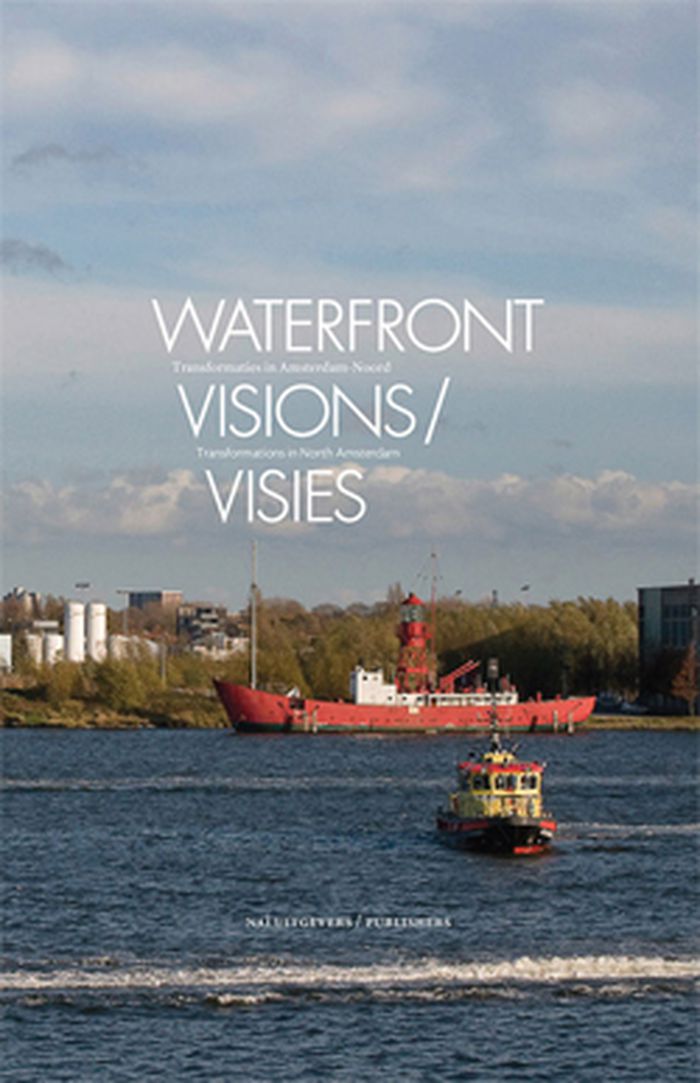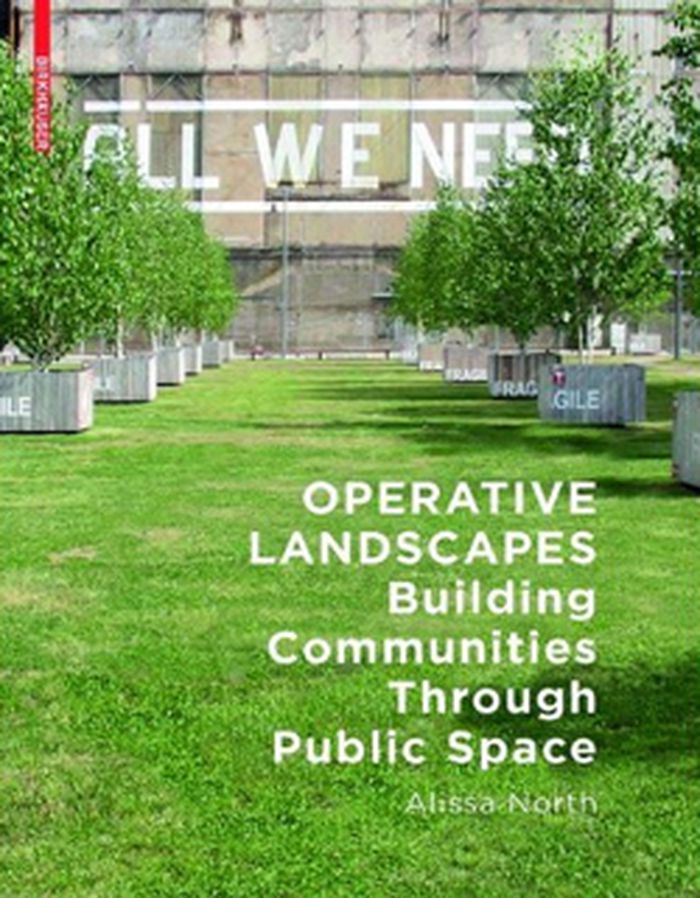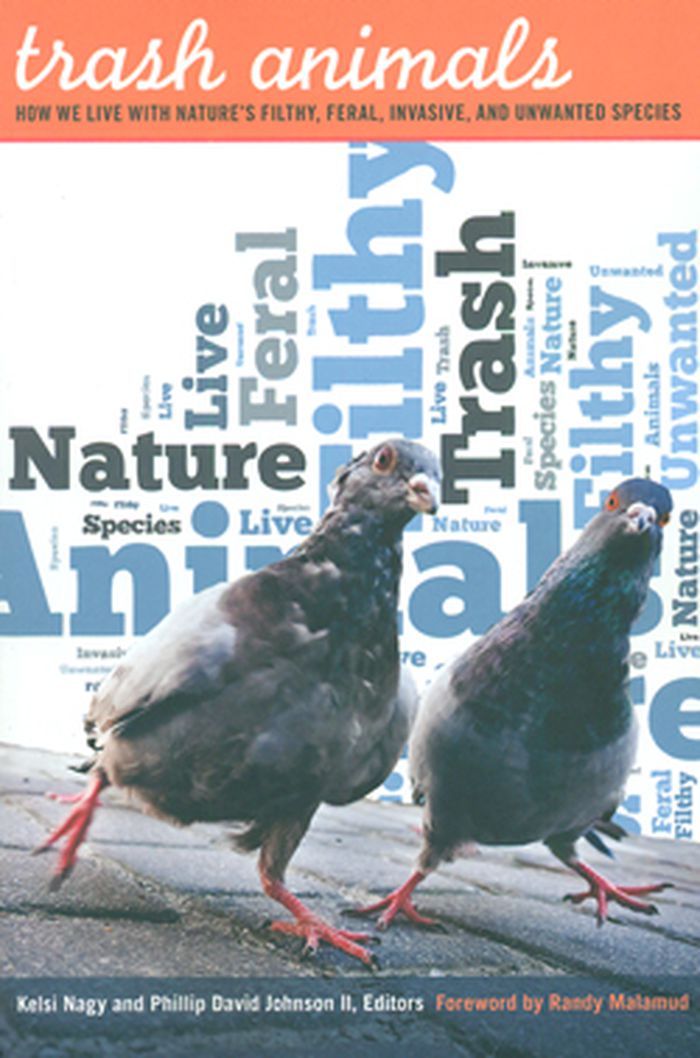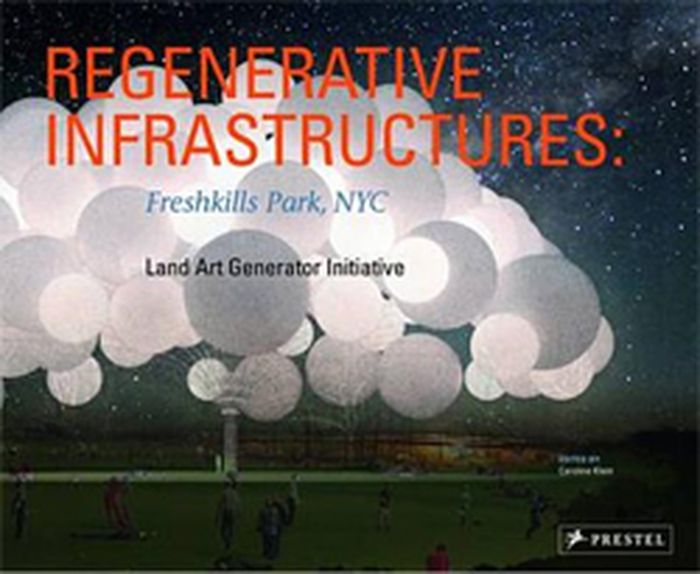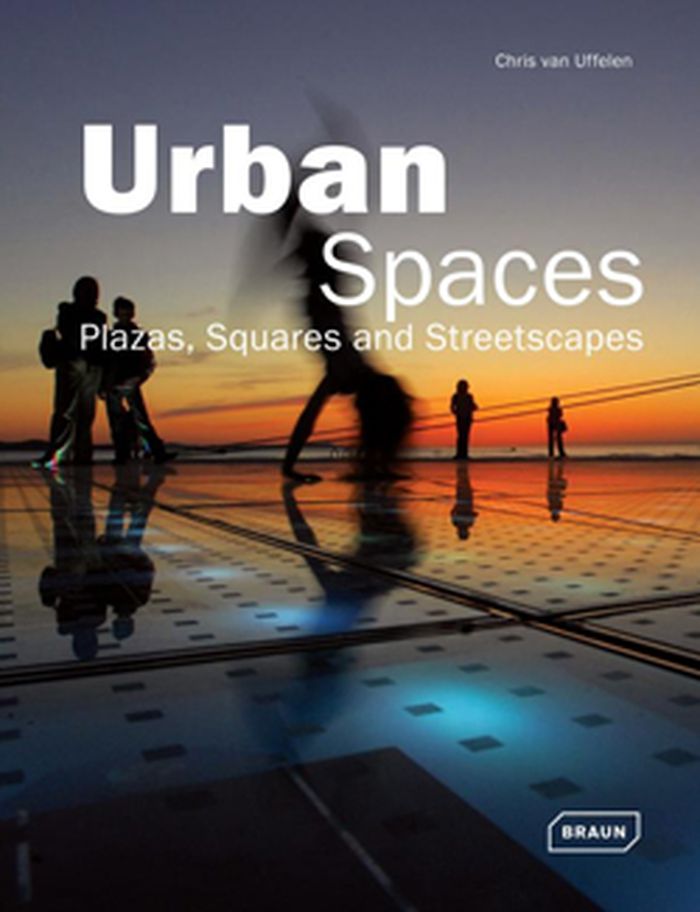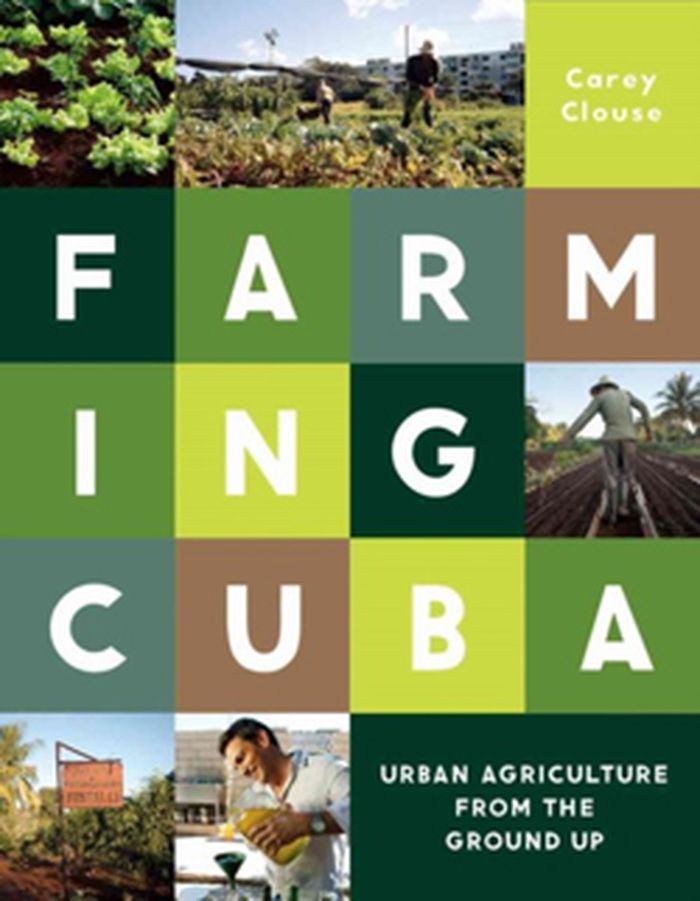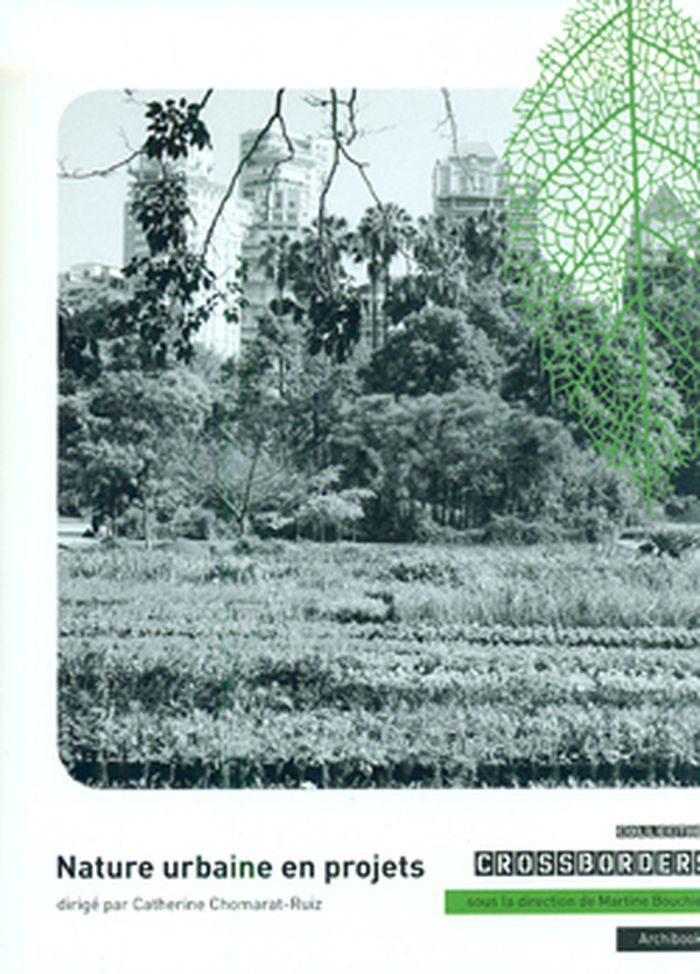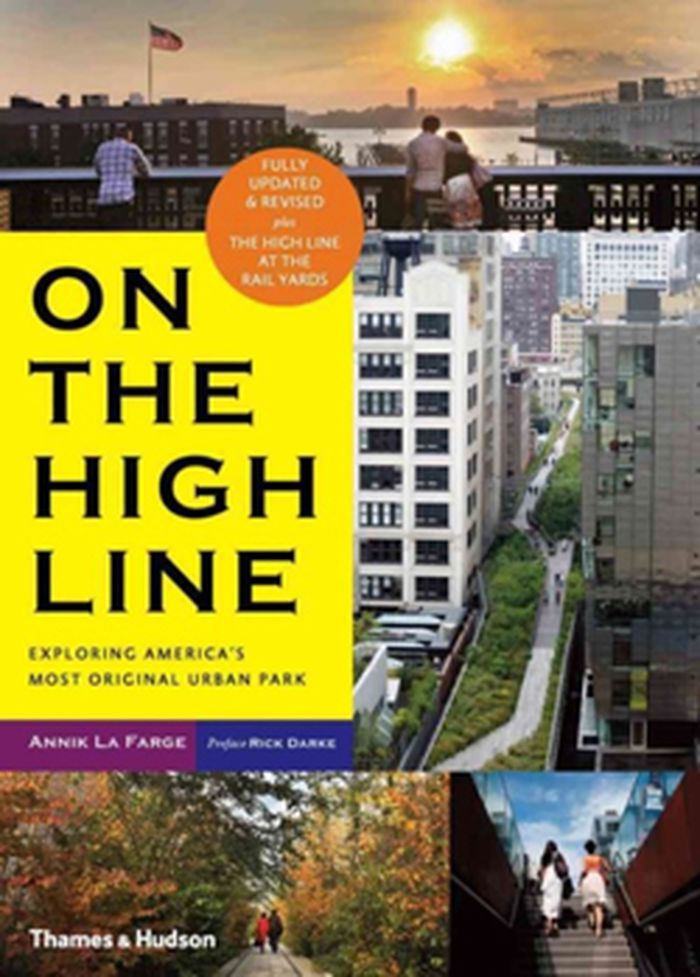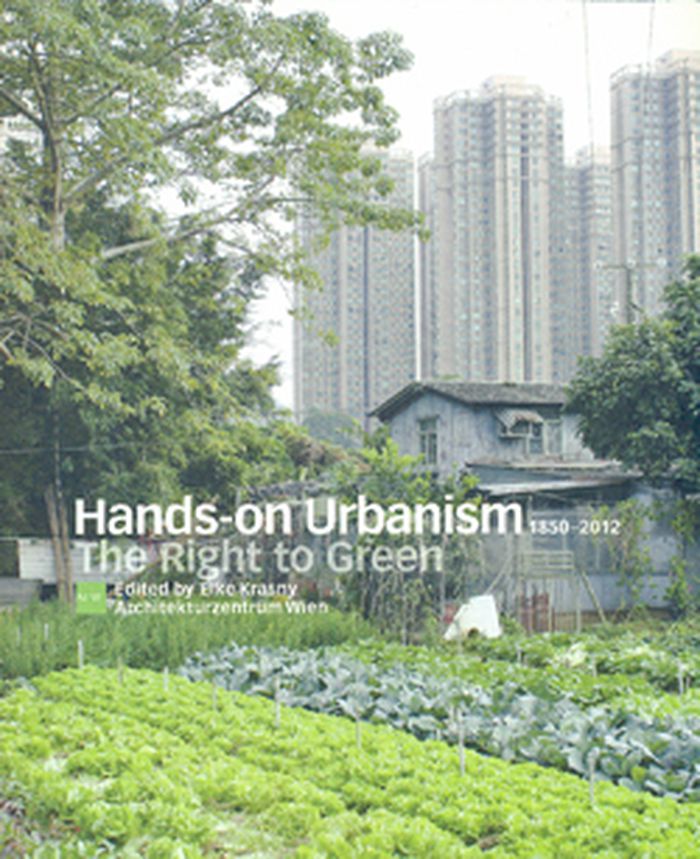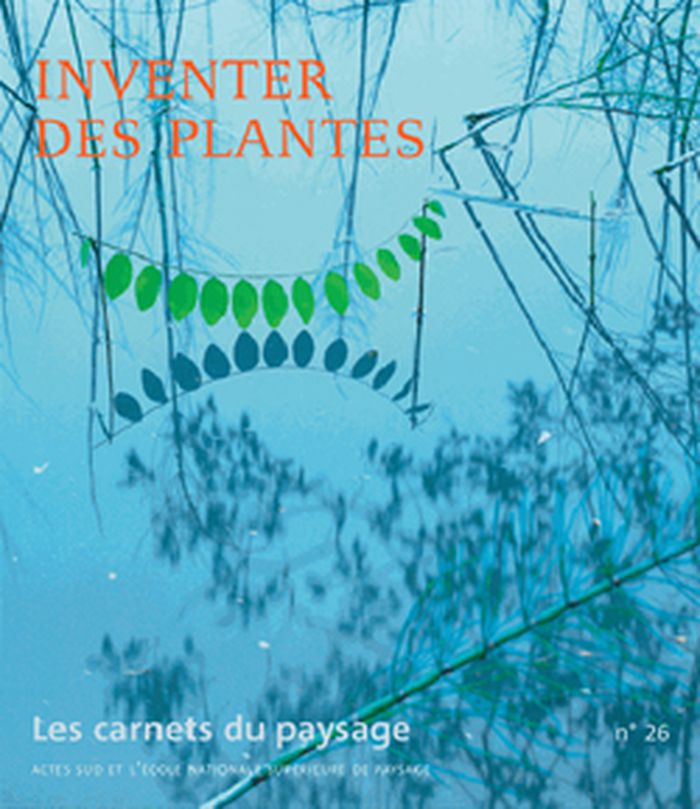$48.00
(available to order)
Summary:
In 2009, the NAi-Ymere biennial celebrated the explorer Henry Hudson, whose pioneering travels laid the foundation for the development of New York City. In the vein of the Fort Amsterdam military post he built on Manhattan's southern tip, participants were asked to imagine new ways to transform the North Amsterdam waterfront.
Waterfront visions: transformations in north Amsterdam
Actions:
Price:
$48.00
(available to order)
Summary:
In 2009, the NAi-Ymere biennial celebrated the explorer Henry Hudson, whose pioneering travels laid the foundation for the development of New York City. In the vein of the Fort Amsterdam military post he built on Manhattan's southern tip, participants were asked to imagine new ways to transform the North Amsterdam waterfront.
Urban Landscapes
$89.95
(available to order)
Summary:
There are infinitive ways to build a community, yet the defining feature of any community is characteristically the landscape. Whether it is a park, a river corridor, community gardens, a plaza or a streetscape, the public spaces where people interact provide a shared sense of ownership. In a systematic overview, following the workflow sequences of open space projects,(...)
All we need: operative landscapes, building communities through public space
Actions:
Price:
$89.95
(available to order)
Summary:
There are infinitive ways to build a community, yet the defining feature of any community is characteristically the landscape. Whether it is a park, a river corridor, community gardens, a plaza or a streetscape, the public spaces where people interact provide a shared sense of ownership. In a systematic overview, following the workflow sequences of open space projects, the author explores the various types and levels of intervention: from master planning to guerrilla gardening and from land reclamation to building in existing fabric. The emphasis is on strategies of interaction between landscape projects, building development, and urban planning, resulting in neighbourhoods and city quarters that offer a higher quality of life.
Urban Landscapes
$27.95
(available to order)
Summary:
In Trash Animals, a diverse group of environmental writers explore the natural history of wildlife species deemed filthy, invasive, or worthless, highlighting the vexed relationship humans have with such creatures. Each essay focuses on a so-called trash species —gulls, coyotes, carp, and magpies, among others —examining the biology and behavior of each in contrast to the(...)
Trash animals : how we live with nature's filthy, invasive, and unwanted species
Actions:
Price:
$27.95
(available to order)
Summary:
In Trash Animals, a diverse group of environmental writers explore the natural history of wildlife species deemed filthy, invasive, or worthless, highlighting the vexed relationship humans have with such creatures. Each essay focuses on a so-called trash species —gulls, coyotes, carp, and magpies, among others —examining the biology and behavior of each in contrast to the assumptions widely held about them.
Urban Landscapes
$54.95
(available to order)
Summary:
This volume features many of the top submissions to the Land Art Generator Initiative, which aims to create sustainable design solutions that integrate art and technology into renewable energy infrastructure around the world. The book draws a much-needed connection between the two critical issues of sustainable development--energy generation and waste(...)
Regenerative infrastructures: Freshkills Park, NYC. Land Art Generator Initiative
Actions:
Price:
$54.95
(available to order)
Summary:
This volume features many of the top submissions to the Land Art Generator Initiative, which aims to create sustainable design solutions that integrate art and technology into renewable energy infrastructure around the world. The book draws a much-needed connection between the two critical issues of sustainable development--energy generation and waste management--highlighting solutions that address both problems at once, thereby creating economically beneficial hybrid utility installations.
Urban Landscapes
$69.00
(available to order)
Summary:
Public urban spaces vary widely in type, form and size, encompassing plazas, squares and streetscapes. They serve pedestrians and flaneurs, accommodate street life in all its vibrant variations and represent the cities and towns themselves. On the one hand they are transit spaces or crossroads, while on the other hand they provide opportunities to linger or stage events.(...)
Urban spaces: plazas, squares & streetscapes
Actions:
Price:
$69.00
(available to order)
Summary:
Public urban spaces vary widely in type, form and size, encompassing plazas, squares and streetscapes. They serve pedestrians and flaneurs, accommodate street life in all its vibrant variations and represent the cities and towns themselves. On the one hand they are transit spaces or crossroads, while on the other hand they provide opportunities to linger or stage events. This volume features recent projects from all continents, showing the different approaches and solutions to this sophisticated design task at the intersection of architecture, landscape design and urban planning. Hardly any other area of spatial design offers so much freedom and such functional and formal diversity as does the design of urban spaces.
Urban Landscapes
$50.00
(available to order)
Summary:
Following the collapse of the Soviet Union in the early 1990s, Cuba found itself solely responsible for feeding a nation that had grown dependent on imports and trade subsidies. With fuel, fertilizers, and pesticides disappearing overnight, citizens began growing their own organic produce anywhere they could find space, on rooftops, balconies, vacant lots, and even school(...)
Farming Cuba : urban agriculture from the ground up
Actions:
Price:
$50.00
(available to order)
Summary:
Following the collapse of the Soviet Union in the early 1990s, Cuba found itself solely responsible for feeding a nation that had grown dependent on imports and trade subsidies. With fuel, fertilizers, and pesticides disappearing overnight, citizens began growing their own organic produce anywhere they could find space, on rooftops, balconies, vacant lots, and even school playgrounds. By 1998 there were more than 8,000 urban farms in Havana producing nearly half of the country's vegetables. What began as a grassroots initiative had, in less than a decade, grown into the largest sustainable agriculture initiative ever undertaken, making Cuba the world leader in urban farming. Featuring a wealth of rarely seen material and intimate portraits of the environment, Farming Cuba details the innovative design strategies and explores the social, political, and environmental factors that helped shape this pioneering urban farming program.
Urban Landscapes
Nature urbaine en projets
$28.95
(available to order)
Summary:
Nature urbaine en projets a pour ambition de faire connaître le devenir de la nature quand elle se situe en milieu urbain et, inversement, ce qu'il advient de la ville dès lors qu'elle se préoccupe de la nature. Catherine Chomarat-Ruiz interroge la portée de l'écologie dans le champ théorico-pratique du paysagisme et des politiques publiques de paysage.
Nature urbaine en projets
Actions:
Price:
$28.95
(available to order)
Summary:
Nature urbaine en projets a pour ambition de faire connaître le devenir de la nature quand elle se situe en milieu urbain et, inversement, ce qu'il advient de la ville dès lors qu'elle se préoccupe de la nature. Catherine Chomarat-Ruiz interroge la portée de l'écologie dans le champ théorico-pratique du paysagisme et des politiques publiques de paysage.
Urban Landscapes
$34.95
(available to order)
Summary:
On the High Line, first published in 2012, is an engaging guide to everything a visitor sees when strolling through the park: the innovative gardens and their thousands of native and exotic plant species; the architecture, both old and new, industrial and residential; and a neighborhood whose colorful history includes the birth of the railroad, the Manhattan Project, S(...)
On the high line: exploring America's most original urban park
Actions:
Price:
$34.95
(available to order)
Summary:
On the High Line, first published in 2012, is an engaging guide to everything a visitor sees when strolling through the park: the innovative gardens and their thousands of native and exotic plant species; the architecture, both old and new, industrial and residential; and a neighborhood whose colorful history includes the birth of the railroad, the Manhattan Project, S clubs, and the legendary Tenth Avenue Cowboy. This updated edition includes sixteen new pages devoted to the final section of the park, with original photography, design renderings, and a new essay by Rick Darke. The book has also been updated throughout to reflect dozens of changes in the neighborhood since first publication.
Urban Landscapes
$56.95
(available to order)
Summary:
The spring exhibition in the Architekturzentrum Wien is devoted to a history of ideas of appropriating land in urban space. Curator Elke Krasny presents historical and contemporary case studies that illustrate bottom-up urban development in Chicago, Leipzig, Vienna, Bremen, New York, Paris, Hong Kong, Istanbul, Porto Alegre, Havanna or Quito. She offers an overview of(...)
Hands-on ubanism 1850-2012: the right to green
Actions:
Price:
$56.95
(available to order)
Summary:
The spring exhibition in the Architekturzentrum Wien is devoted to a history of ideas of appropriating land in urban space. Curator Elke Krasny presents historical and contemporary case studies that illustrate bottom-up urban development in Chicago, Leipzig, Vienna, Bremen, New York, Paris, Hong Kong, Istanbul, Porto Alegre, Havanna or Quito. She offers an overview of self-organised, collective, informal movements and of the spaces they create. Hands-On Urbanism presents a different history of urbanism that puts pressing questions to architects and planners and enquires about how we use resources. What can be learned from this urban history from below and how do architects operate within these processes?
Urban Landscapes
$43.95
(available to order)
Summary:
Ce numéro des Carnets du paysage se propose d’explorer les liens entre le phénomène d’"invention” ou de “création” humaine des plantes et la “fabrication” tant matérielle que symbolique des paysages. Comment ces deux échelles interagissent-elles ? Quelles sont les pratiques, mais aussi les représentations, par lesquelles ces liens se tissent ?
Les carnets du paysage no 26 : inventer des plantes
Actions:
Price:
$43.95
(available to order)
Summary:
Ce numéro des Carnets du paysage se propose d’explorer les liens entre le phénomène d’"invention” ou de “création” humaine des plantes et la “fabrication” tant matérielle que symbolique des paysages. Comment ces deux échelles interagissent-elles ? Quelles sont les pratiques, mais aussi les représentations, par lesquelles ces liens se tissent ?
Urban Landscapes
